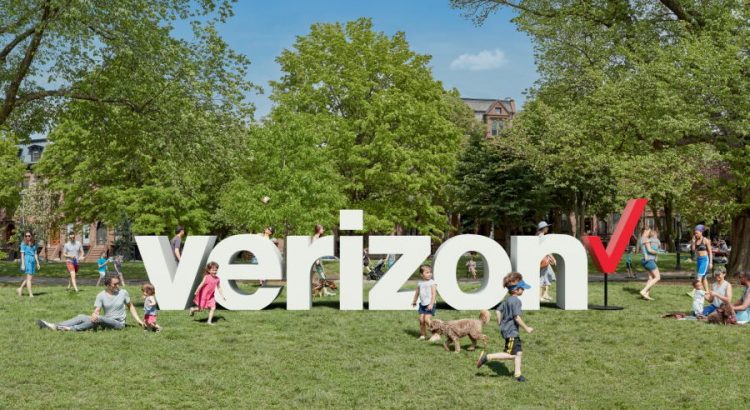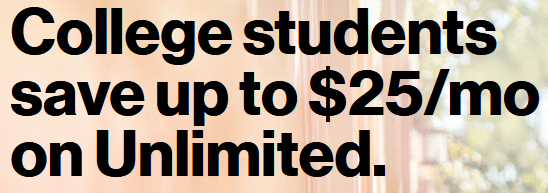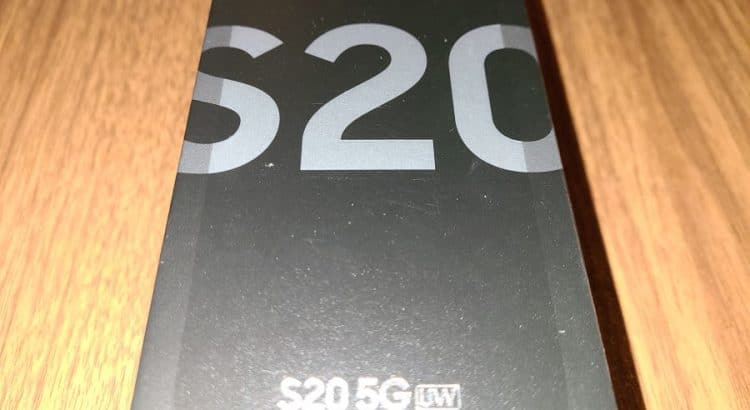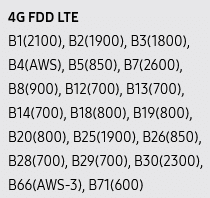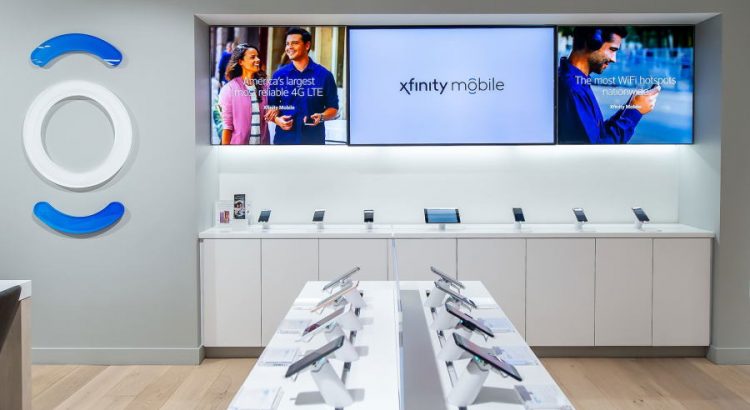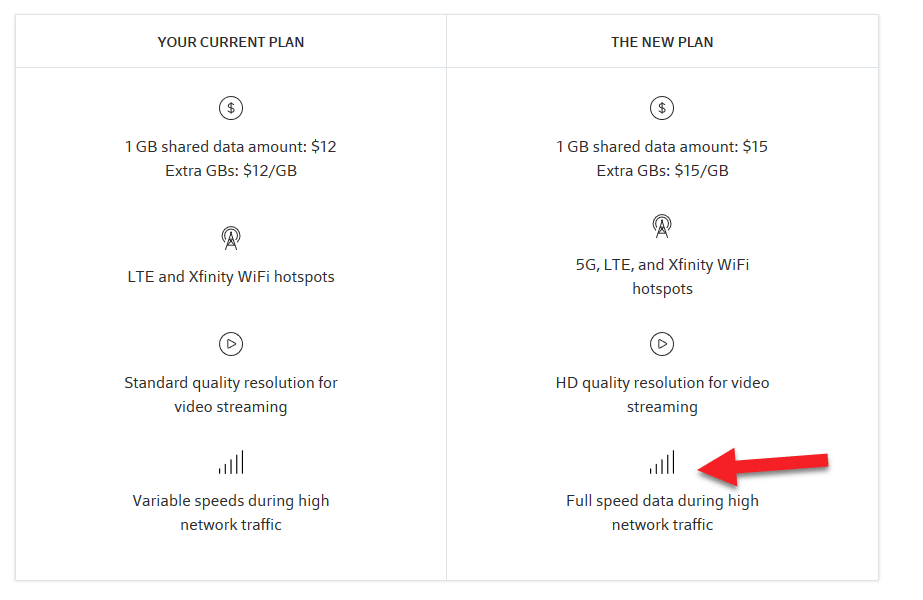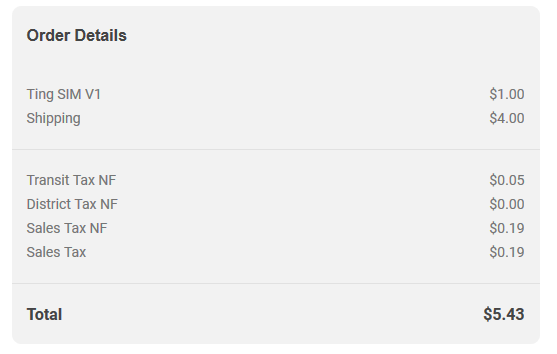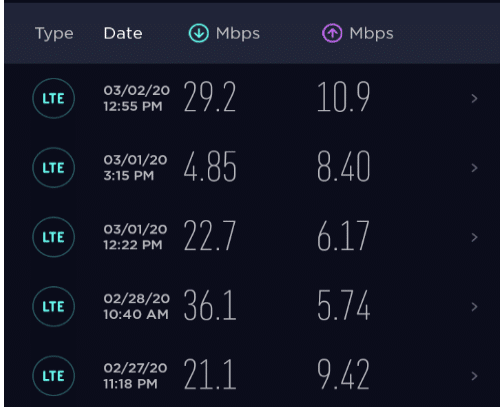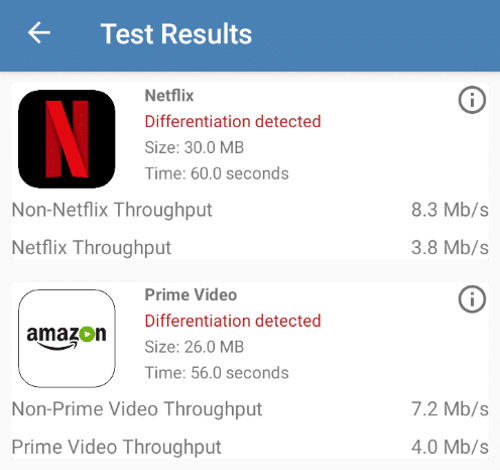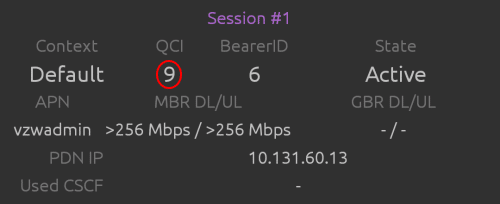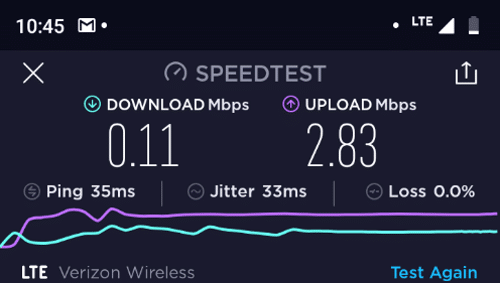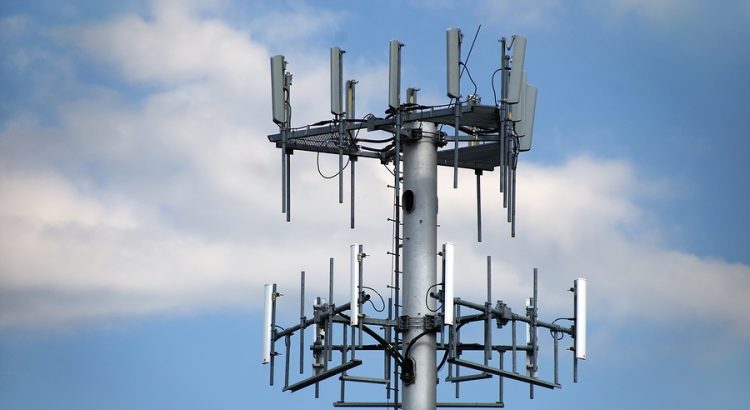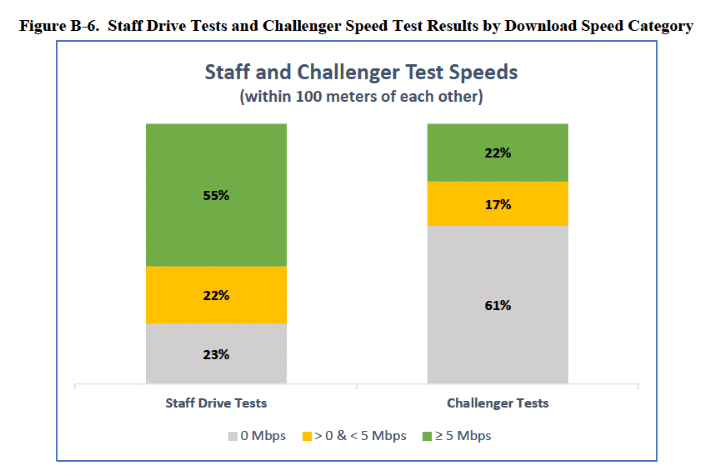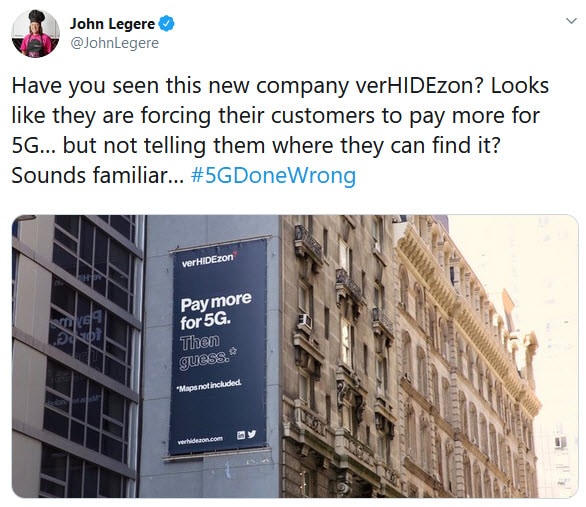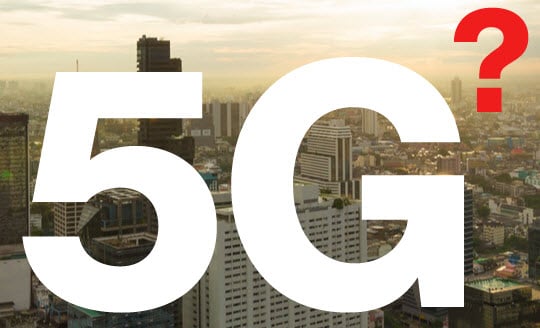Verizon recently updated the structure of its prepaid plans. This update was needed. Verizon’s old structure for prepaid plans was confusing and difficult for consumers to make sense of.
Main new phone plans
Verizon now offers three primary prepaid phone plans. All three plans come with unlimited minutes and texts. The plans vary in their monthly data allotments:
- Unlimited – $65 base price
- 15GB – $50 base price
- 5GB – $40 base price
Several discounts are available. Customers that enroll in automatic payments can save $5 per line each month after the first month of service. Verizon has also introduced loyalty discounts on these plans. After three months of service, a $5 per line discount kicks in each month. The loyalty discount jumps to $10 per line each month after nine months of service.
Here are the monthly prices a long-term customer eligible for all the discounts would end up paying (before taxes and fees):
- Unlimited – $50
- 15GB – $35
- 5GB – $25
Verizon has dropped the multi-line discounts it used to offer on prepaid accounts with more than one line.
Other plans
Verizon offers a somewhat-hidden talk and text plan (no high-speed data) with a base price of $35 per month. The plan is eligible for the automatic payments discount but is not eligible for loyalty discounts.
Three data plans are available for tablet and hotspot devices. Customers on these plans are eligible for a $5 per month autopay discount.
- 6GB – $40 base price
- 16GB – $50 base price
- 30GB – $70 base price
Switching promo
Verizon is offering an online-only promo on the 15GB plan. Customers that switch to the plan can get a $60 bill credit. Here are the terms:1

